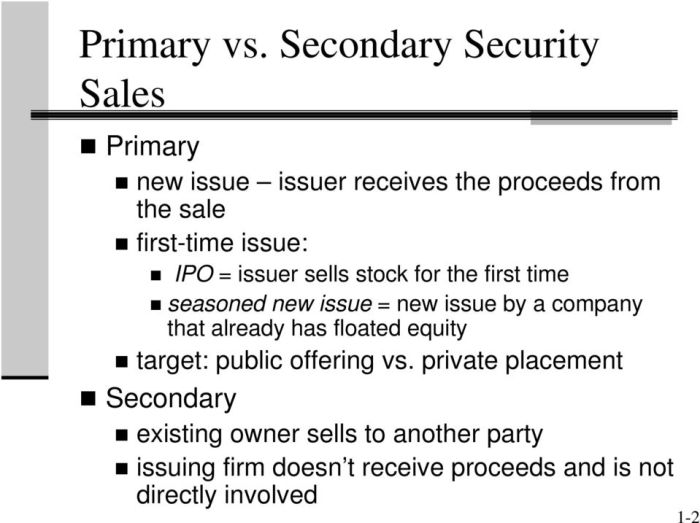Essentials of investments zvi bodie pdf – Essentials of Investments by Zvi Bodie, presented in this accessible PDF format, stands as a cornerstone in the realm of financial literacy. This authoritative guide unravels the intricacies of investment, empowering individuals to navigate the financial landscape with confidence.
Delving into the fundamental principles of risk and return, asset allocation, and investment vehicles, Bodie’s work provides a comprehensive framework for understanding the complexities of the investment world. Through engaging case studies and insightful analysis, readers gain invaluable insights into the strategies employed by successful investors.
Introduction: Essentials Of Investments Zvi Bodie Pdf
Understanding the essentials of investments is crucial for individuals seeking to manage their finances effectively and achieve their financial goals. Zvi Bodie’s book, “Essentials of Investments,” provides a comprehensive overview of the fundamental concepts and principles of investing, offering invaluable insights for investors of all levels.
Risk and Return
In the world of investments, risk and return are inextricably linked. Higher potential returns often come with increased risk, while lower risks generally yield lower returns. Understanding the relationship between risk and return is essential for making informed investment decisions.
Types of Investment Risks
- Market risk: Fluctuations in the overall market can impact the value of investments.
- Interest rate risk: Changes in interest rates can affect the value of bonds and other fixed-income investments.
- Inflation risk: Inflation can erode the purchasing power of investments over time.
- Currency risk: Investments in foreign markets are subject to fluctuations in exchange rates.
- Liquidity risk: The ability to quickly and easily sell an investment without significant loss of value.
Measuring Investment Risk
- Standard deviation: A statistical measure of the volatility of an investment’s returns.
- Beta: A measure of an investment’s sensitivity to market fluctuations.
- Value at Risk (VaR): An estimate of the maximum potential loss an investment could experience over a given time period.
Asset Allocation

Asset allocation involves dividing an investment portfolio into different asset classes, such as stocks, bonds, and real estate. By diversifying across asset classes, investors can reduce overall portfolio risk and potentially enhance returns.
Asset Classes
- Stocks: Represent ownership in companies and offer the potential for capital appreciation and dividends.
- Bonds: Loans made to companies or governments, offering fixed income payments and varying levels of risk.
- Real estate: Physical property that can generate rental income and potential capital appreciation.
- Commodities: Raw materials or agricultural products that can provide diversification and inflation protection.
Factors to Consider in Asset Allocation
- Risk tolerance: An investor’s willingness to accept potential losses.
- Investment goals: The specific financial objectives an investor is trying to achieve.
- Time horizon: The length of time an investor plans to invest.
Investment Vehicles
Investment vehicles provide a means for investors to access various asset classes and investment strategies. Common types of investment vehicles include:
Stocks, Essentials of investments zvi bodie pdf
- Common stocks: Represent ownership in a company and offer the potential for capital appreciation and dividends.
- Preferred stocks: Hybrid securities that offer a fixed dividend payment but may have limited capital appreciation potential.
Bonds
- Corporate bonds: Loans made to companies, offering fixed income payments and varying levels of risk.
- Government bonds: Loans made to governments, offering low risk and relatively low returns.
- Municipal bonds: Loans made to local governments, offering tax-free income in some cases.
Mutual Funds
- Professionally managed funds that invest in a diversified portfolio of stocks, bonds, or other assets.
- Offer diversification, liquidity, and professional management.
Exchange-Traded Funds (ETFs)
- Similar to mutual funds, but traded on stock exchanges like stocks.
- Offer lower costs and greater flexibility than mutual funds.
Commonly Asked Questions
What are the key principles of asset allocation?
Asset allocation involves diversifying investments across different asset classes, such as stocks, bonds, and real estate, to manage risk and optimize returns based on individual risk tolerance and investment goals.
How can behavioral finance influence investment decisions?
Behavioral finance recognizes that investors are influenced by cognitive biases and emotions, which can lead to irrational decision-making. Understanding these biases can help investors make more rational and profitable investment choices.
What are the different types of investment vehicles available?
Common investment vehicles include stocks, bonds, mutual funds, and exchange-traded funds (ETFs). Each type offers unique advantages and disadvantages, and investors should carefully consider their investment objectives and risk tolerance when selecting among them.